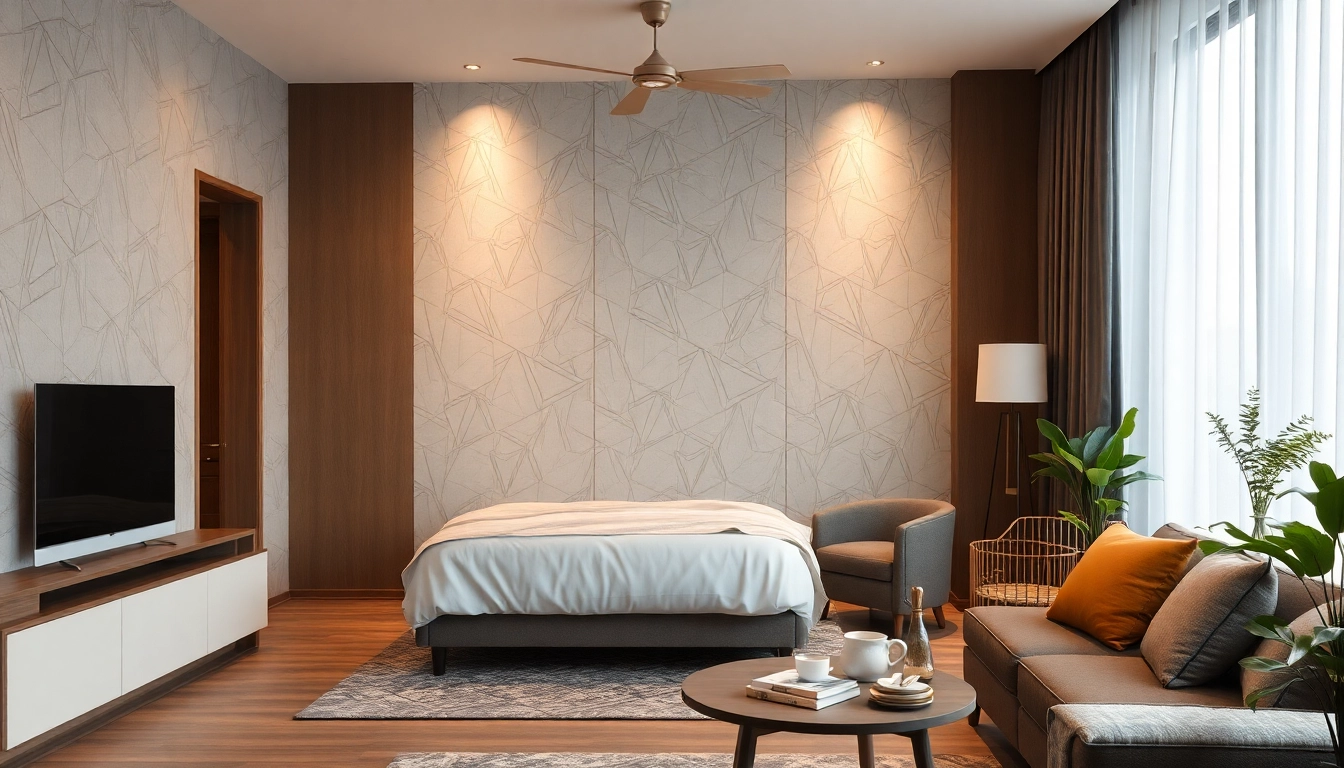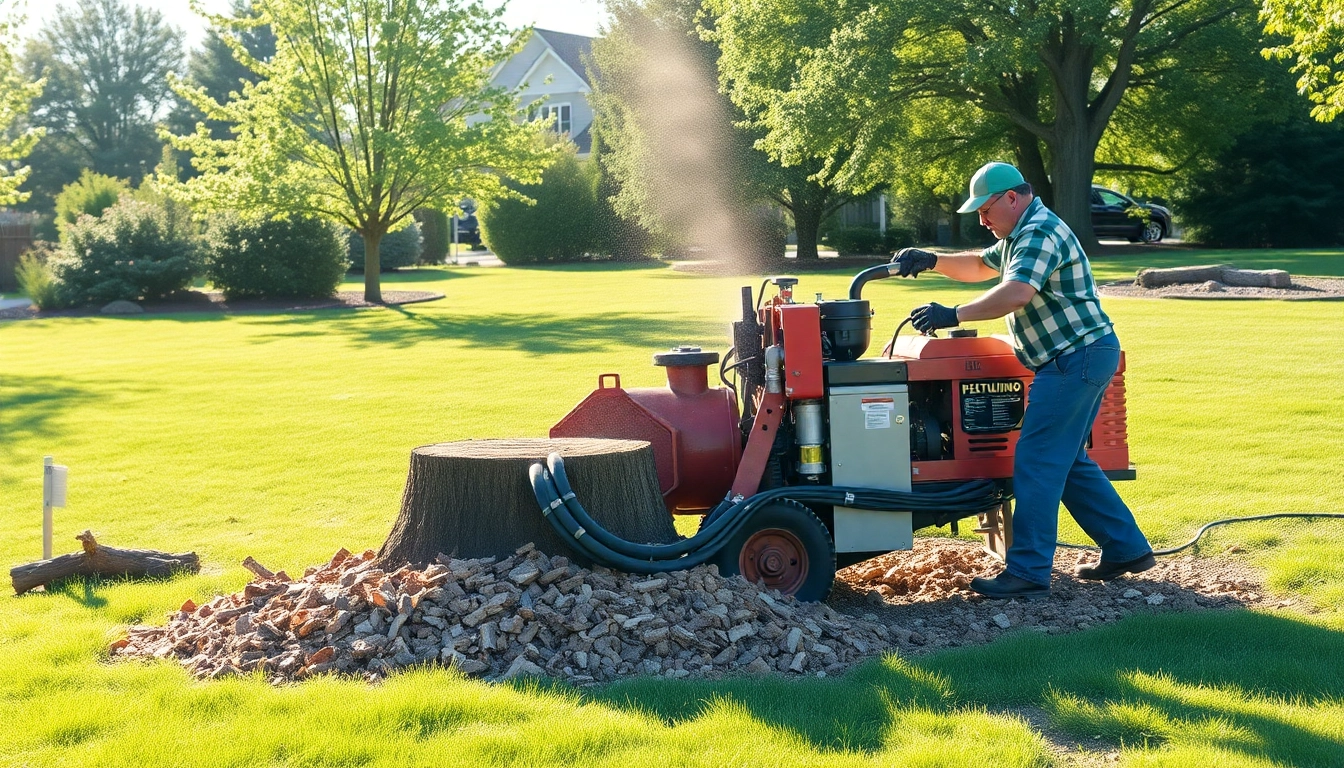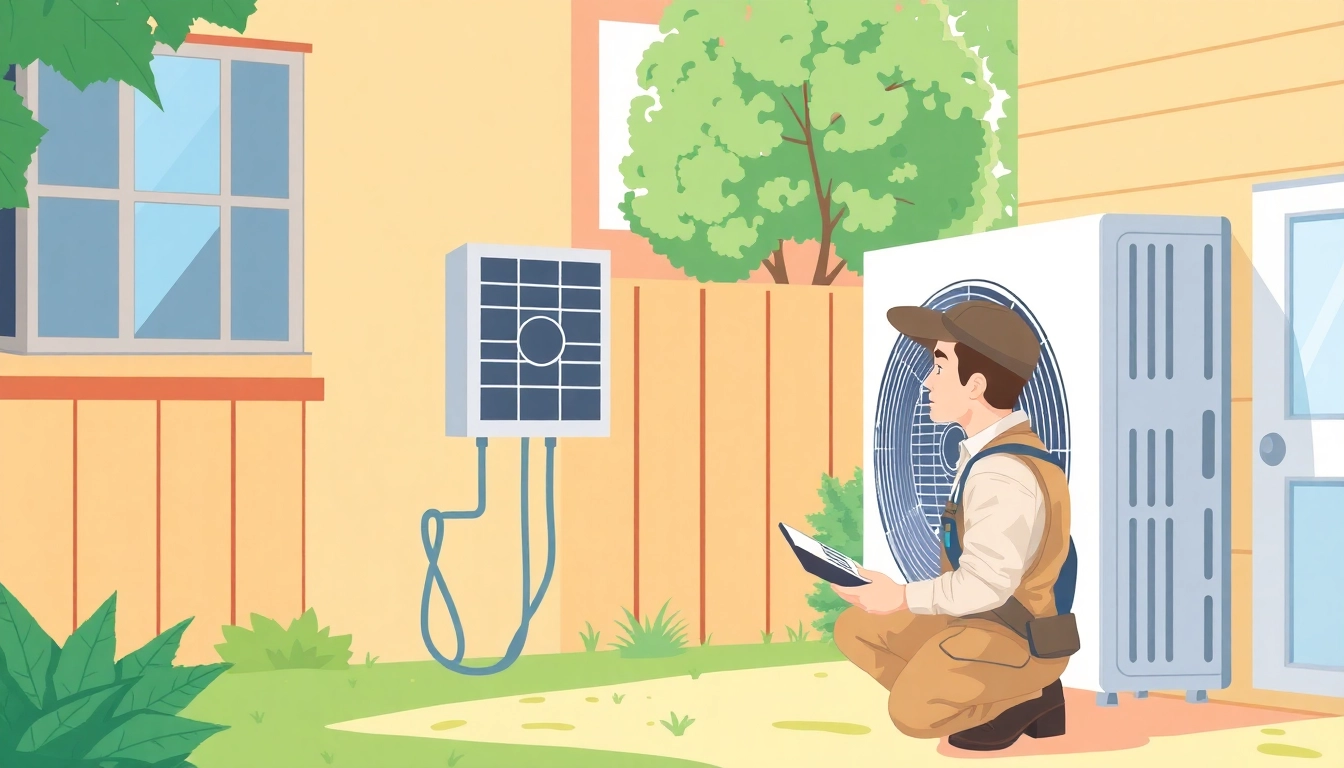The Magic of Water Vapor Fireplaces
Imagine a fireplace that captures the warmth and comfort of traditional fire without the risks and hassle associated with burning wood or gas. Enter the water vapor fireplace, an innovative solution that combines modern technology with the aesthetic appeal of a real flame. This article will explore the fascinating world of water vapor fireplaces, uncovering their technology, benefits, design possibilities, installation tips, and future trends.
Understanding Water Vapor Technology
At the heart of water vapor fireplaces is ultrasonic technology, which generates a fine mist that simulates the appearance of real flames. Unlike traditional fireplaces that rely on combustion, which produces smoke and waste, water vapor fireplaces operate using simple water and electricity. The ultrasonic transducer vibrates at a high frequency to create this mist, while LED lights shine through it, creating a realistic flame-like effect.
The principle behind this technology is straightforward yet effective. As water is vaporized, it transforms into tiny droplets that reflect and refract light, resulting in a glow reminiscent of fire. This means you can enjoy the ambience of flames without the heat, smoke, or emissions that usually accompany traditional fireplaces.
Benefits of Water Vapor Fireplaces
Water vapor fireplaces are becoming increasingly popular for various reasons, each catering to different consumer needs and values. Here are some notable benefits:
- Safety: These fireplaces are flame-free, making them a safe option for homes with children and pets. You won’t have to worry about accidental burns or fire hazards.
- Energy Efficiency: They consume significantly less electricity than traditional heating solutions. Since they don’t generate actual heat, they offer aesthetic value without substantially increasing energy bills.
- Eco-Friendly: Water vapor fireplaces don’t produce harmful emissions, making them a clean heating option. This can help improve indoor air quality, especially in tightly sealed homes.
- Low Maintenance: There’s no need to chop wood or clean out ashes. With proper care, maintenance involves simple tasks like refilling the water reservoir.
- Design Versatility: These fireplaces come in various styles and sizes, fitting seamlessly into different interior designs, from modern to rustic.
- Humidifying Benefits: Emitting moisture into the air can help alleviate dry skin and respiratory issues, especially in the winter months.
What to Consider Before Buying
Despite the advantages, there are several factors to consider when choosing a water vapor fireplace:
- Operation Costs: Understand your electricity rates and consider how often you’ll use the fireplace to determine your operational costs.
- Noise Level: While most water vapor fireplaces operate quietly, some ultrasonic models may emit a subtle hum. Reading reviews can provide insights into user experiences.
- Water Source: Consider whether you prefer a model that requires manual water filling or one connected directly to a water line.
- Space Requirements: These fireplaces don’t produce heat but may require space for installation and maintenance. Ensure you choose a suitable location that complies with the manufacturer’s guidelines.
- Warranty and Support: Given that technological appliances can have issues, ensure that the manufacturer offers comprehensive support and a good warranty.
Designing Your Space Around a Water Vapor Fireplace
Once you’ve decided to install a water vapor fireplace, the next step is designing your space around it. Here are some key considerations:
Choosing the Right Location
The placement of your fireplace can greatly influence the ambiance of your room. Here are some popular installation spots:
- Living Room: Creating a focal point in your living room can enhance gatherings and relaxation times. Positioning the fireplace centrally may also allow for optimal viewing from multiple seating areas.
- Bedroom: A fireplace can add a romantic touch to your bedroom. Consider placing it near the bed for a cozy atmosphere.
- Home Office: Installing a fireplace in your workspace can create a warm and inviting atmosphere, making long hours more enjoyable.
- Outdoor Spaces: Some water vapor fireplaces are designed for outdoor use, offering a unique ambience to patios or decks.
Complementary Interior Styles
Water vapor fireplaces can complement various interior design styles:
- Modern: Sleek, minimalist designs with clean lines enhance contemporary spaces.
- Rustic: Choose models that incorporate wood elements for a homely, cabin-like feel.
- Industrial: A metal-framed water vapor fireplace can blend seamlessly into industrial-chic settings.
- Traditional: Ornate designs with classic embellishments can work well in traditional homes.
Accessorizing Your Fireplace
Accessories can elevate the fireplace experience, allowing for personalization and added functionality. Here are some ideas:
- Surrounds and Mantels: Choose materials that resonate with your overall decor—wood, stone, or tile can frame the fireplace beautifully.
- Decorative Logs: Place faux logs or crystals to enhance the flame effect.
- Smart Controls: Consider incorporating smart home technology for remote control and automation.
- Lighting: Accent lighting around the fireplace can enhance its allure during evening use.
Installation and Maintenance Tips
While water vapor fireplaces are relatively easy to install and maintain, there are best practices to ensure optimal performance:
Step-by-Step Installation Guide
Here’s a general installation guide to help you get started:
- Choose Your Model: Select a water vapor fireplace that fits your design vision and space requirements.
- Prepare the Location: Ensure a flat, secure surface for installation, and check for necessary electrical outlets.
- Connect the Water Supply: If your unit connects to a water line, ensure proper plumbing is in place. Otherwise, make sure you have a water reservoir ready for filling.
- Electrical Setup: Confirm that the unit is plugged into an appropriate power source. Hiring a licensed electrician might be necessary for safe installation.
- Test the Unit: Once installed, run the fireplace for a few minutes to ensure it operates correctly and to check for leaks in the water supply.
Regular Maintenance Requirements
To keep your water vapor fireplace in top condition, regular maintenance is critical:
- Cleaning the Reservoir: Empty and clean the water tank regularly to prevent algae growth.
- Inspecting the Ultrasonic Transducer: Ensure it’s free from buildup, which can affect performance.
- Filtration System Care: If your fireplace has a filtration system, replace filters as recommended by the manufacturer.
- Check Water Levels: Make sure the reservoir is adequately filled, especially for continuous operation.
Troubleshooting Common Issues
Even the best appliances can encounter issues. Here are some common challenges and their solutions:
- No Mist Production: This could be due to an empty water tank or a malfunctioning ultrasonic transducer.
- Low Light Intensity: Ensure the LED light source is functioning and that there’s no blockage in the mist dispersal area.
- Unit Not Turning On: Confirm that the unit is plugged in and check for any tripped circuit breakers.
Comparing Water Vapor Fireplaces to Other Options
Understanding how water vapor fireplaces stack against other heating options can assist in making informed decisions:
Electric vs. Gas Fireplaces
Electric fireplaces, including water vapor models, operate without combustion, relying on electricity for ambiance and heat. Gas fireplaces offer real flames with combustion, producing heat but requiring venting to the outside. When comparing the two:
- Safety: Electric and water vapor fireplaces are generally safer due to the absence of open flames and emissions.
- Heat Output: Gas fireplaces provide substantial heat, while water vapor models are primarily decorative with limited warming capabilities.
- Installation: Electric units are easier to install as they don’t require gas lines or venting.
Comparing Brands and Models
With various brands like Aquafire, Dimplex, and Modern Blaze in the market, it’s essential to compare:
- Features: Look for models that offer unique features, such as customizable flame colors, remote control options, and smart technology.
- Size and Design: Ensure the model fits your space and complements your decor. Many brands offer a range of sizes suitable for different environments.
- Consumer Reviews: User experiences can provide insight into the quality and reliability of specific models.
Cost Analysis: Water Vapor vs. Traditional
When analyzing costs, consider both initial investments and long-term operational expenses:
- Initial Costs: Water vapor fireplaces may range from a few hundred to several thousand dollars, depending on the model’s features, brand, and size.
- Long-Term Costs: Traditional fireplaces often have higher ongoing fuel costs, maintenance for chimneys, and potential structural repair costs, while water vapor fireplaces mostly incur electricity and minor maintenance fees.
The Future of Fireplaces: Trends and Innovations
As homeowners seek cleaner and more efficient heating solutions, the future of fireplaces will likely see exciting trends and innovations:
Eco-Friendly Features in Water Vapor Fireplaces
With rising awareness about environmental sustainability, manufacturers are innovating:
- Recycled Materials: More brands are focusing on using eco-friendly materials in their designs.
- Energy Efficiency: Advances in technology are leading to improved energy efficiency, reducing both environmental footprints and electricity bills.
Smart Technology Integration
Smart home technology is permeating every facet of home life, and fireplaces are no exception:
- Remote Control and Automation: Many water vapor fireplaces now can be controlled via smartphone apps, allowing users to set timers and adjust settings from anywhere.
- Integrating with Home Systems: Some models can connect with existing smart home systems, enhancing usability and convenience.
Consumer Trends and Preferences
The preferences of consumers are increasingly shaping the market:
- Customization: Homeowners seek more personalization options, from flame colors to sound effects.
- Multi-Functionality: Fireplaces that also offer heating, humidification, and aesthetic enhancements are particularly appealing to modern buyers.
In conclusion, the water vapor fireplace stands out as a revolutionary alternative to traditional heating methods. By understanding its technology, benefits, design potentials, and market trends, you can make a savvy choice that enhances your home’s aesthetic while keeping safety and efficiency at the forefront.



